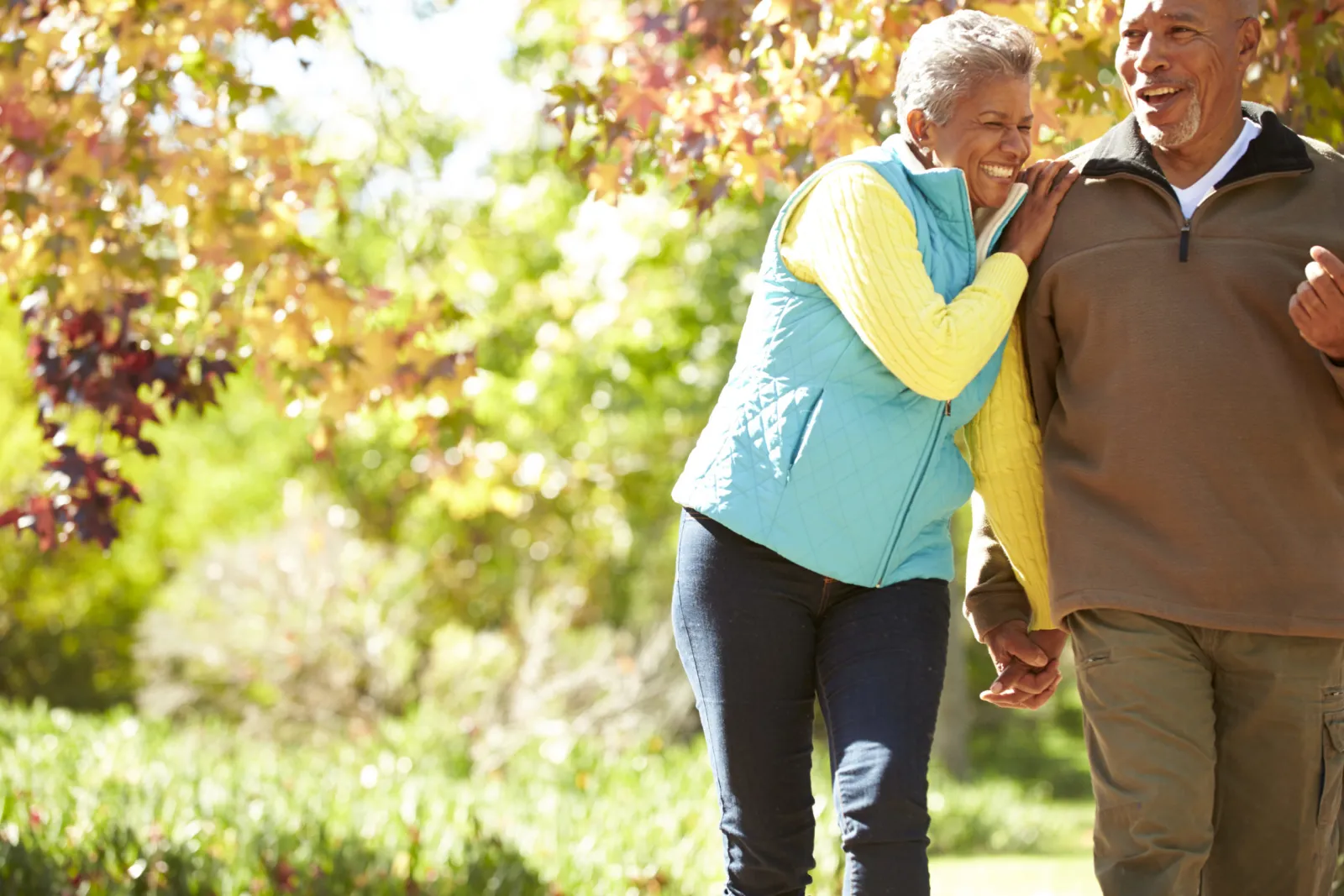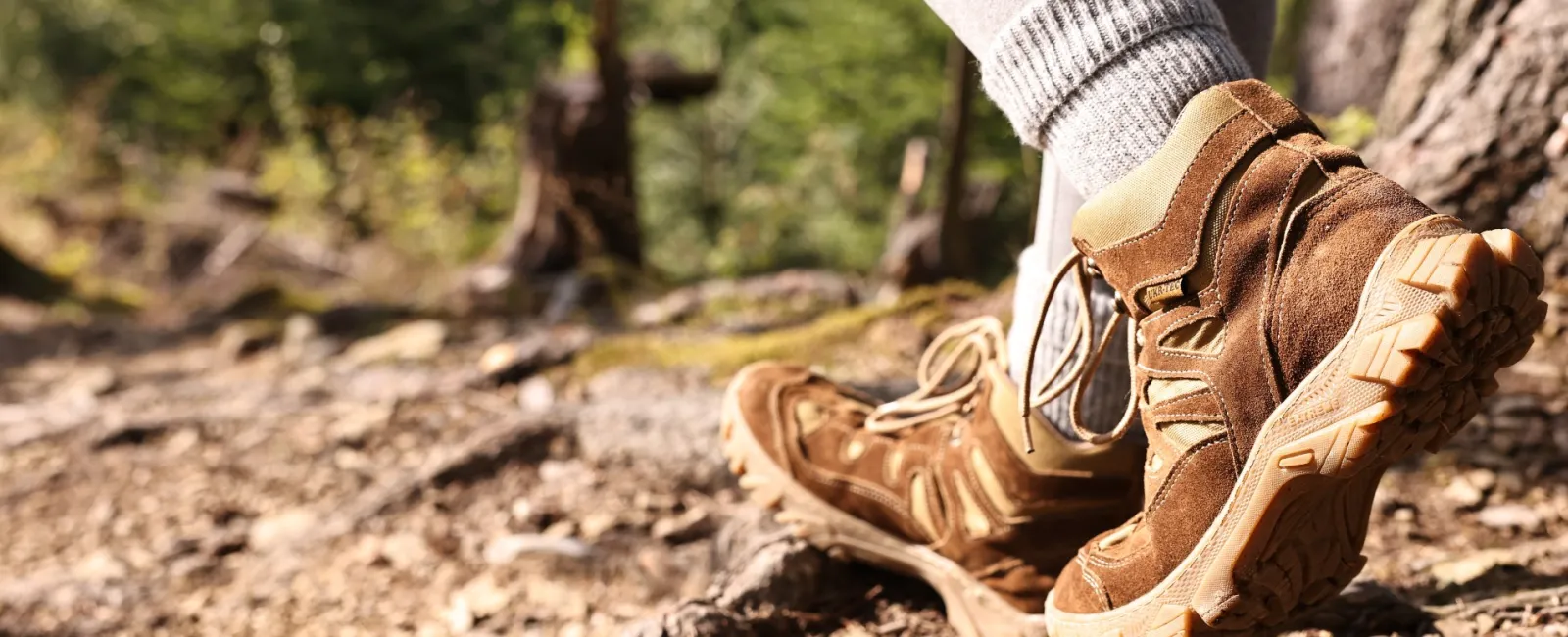
Falls are a leading cause of injury, particularly among older adults, but they can affect individuals of all ages. Improving balance and implementing effective fall prevention strategies are crucial for reducing the risk of falls and enhancing overall safety. This article outlines best practices for fall prevention and provides tips for improving balance.
Understanding Fall Risks
Falls can result from a combination of factors, including environmental hazards, physical limitations, and medical conditions. Common risk factors include:
- Poor Balance: Impaired balance can lead to unsteady walking and falls.
- Muscle Weakness: Weak muscles, particularly in the legs and core, reduce stability.
- Vision Impairments: Poor vision affects depth perception and balance.
- Medications: Certain medications can cause dizziness or drowsiness, increasing fall risk.
- Environmental Hazards: Cluttered or poorly maintained environments can lead to trips and slips.
Best Practices for Fall Prevention
1. Home Safety Modifications
- Remove Clutter: Keep floors clear of obstacles like loose rugs, electrical cords, and clutter that can be tripped over.
- Install Grab Bars: Place grab bars in bathrooms, particularly near toilets and in showers or bathtubs, to provide support.
- Improve Lighting: Ensure all areas of the home are well-lit, including hallways, stairways, and outdoor pathways. Use nightlights to illuminate dark areas.
- Secure Rugs and Carpets: Use non-slip pads under rugs and secure loose carpet edges to prevent tripping.
- Stair Safety: Install handrails on both sides of stairs and ensure steps are in good repair and adequately lit.
2. Exercise and Physical Activity
- Balance Exercises: Incorporate exercises that specifically target balance and stability. Examples include:
- Tai Chi: A gentle martial art that improves balance, flexibility, and strength.
- Single-Leg Stands: Practice standing on one leg to enhance balance and strengthen stabilizing muscles.
- Heel-to-Toe Walk: Walk in a straight line, placing the heel of one foot directly in front of the toes of the other foot to improve coordination.
- Strength Training: Build muscle strength, particularly in the legs and core, to support better balance. Exercises such as squats, lunges, and leg presses are effective.
- Flexibility Exercises: Stretching exercises enhance flexibility, reducing the risk of falls due to stiffness. Focus on stretching the calves, hamstrings, and quadriceps.
3. Vision and Health Management
- Regular Eye Exams: Schedule regular eye exams to detect and address vision problems that could affect balance.
- Medication Review: Consult with a healthcare provider about medications that might cause dizziness or affect balance. Adjustments or alternatives may be necessary.
- Chronic Condition Management: Properly manage chronic conditions such as diabetes, arthritis, and cardiovascular diseases, which can impact balance and mobility.
4. Footwear and Assistive Devices
- Proper Footwear: Wear well-fitting, non-slip shoes with good support. Avoid high heels, slippers, or shoes with smooth soles that can increase the risk of slipping.
- Assistive Devices: Use walking aids, such as canes or walkers, if recommended by a healthcare provider. Ensure they are properly fitted and used correctly.
5. Education and Awareness
- Fall Prevention Programs: Participate in fall prevention programs or workshops to learn techniques and strategies for maintaining balance and safety.
- Personal Awareness: Be mindful of surroundings and practice safe movements. Avoid rushing or making sudden movements, especially on uneven surfaces or in unfamiliar environments.
Improving Balance Through Exercises
1. Strength and Flexibility Exercises
- Leg Strengthening: Exercises like leg lifts, calf raises, and seated marches help build strength in the lower body, crucial for stability.
- Core Strengthening: Strengthen the core with exercises such as planks, bridges, and abdominal crunches to improve overall balance.
2. Balance and Coordination Drills
- Balance Boards: Use balance boards or stability balls to challenge and improve balance and coordination.
- Bosu Ball Exercises: Perform exercises on a Bosu ball to engage stabilizing muscles and enhance balance.
3. Functional Training
- Obstacle Courses: Create simple obstacle courses to practice navigating through various challenges, improving agility and coordination.
- Daily Activity Simulations: Practice movements that mimic daily activities, such as bending, reaching, and turning, to enhance functional balance.
Conclusion
Implementing best practices for fall prevention and balance improvement is essential for reducing fall risk and maintaining independence. By modifying home environments, engaging in regular exercise, managing health conditions, and using appropriate footwear and assistive devices, individuals can enhance their stability and safety. Incorporating balance-specific exercises and staying informed about fall prevention strategies further supports overall well-being and helps prevent falls. Prioritizing these practices promotes a safer and more active lifestyle for individuals of all ages.
This article is provided courtesy of Ashton Smith, PT, DPT.
To learn more about Physical and Occupational Therapy services at OrthoSouth, [click here].

